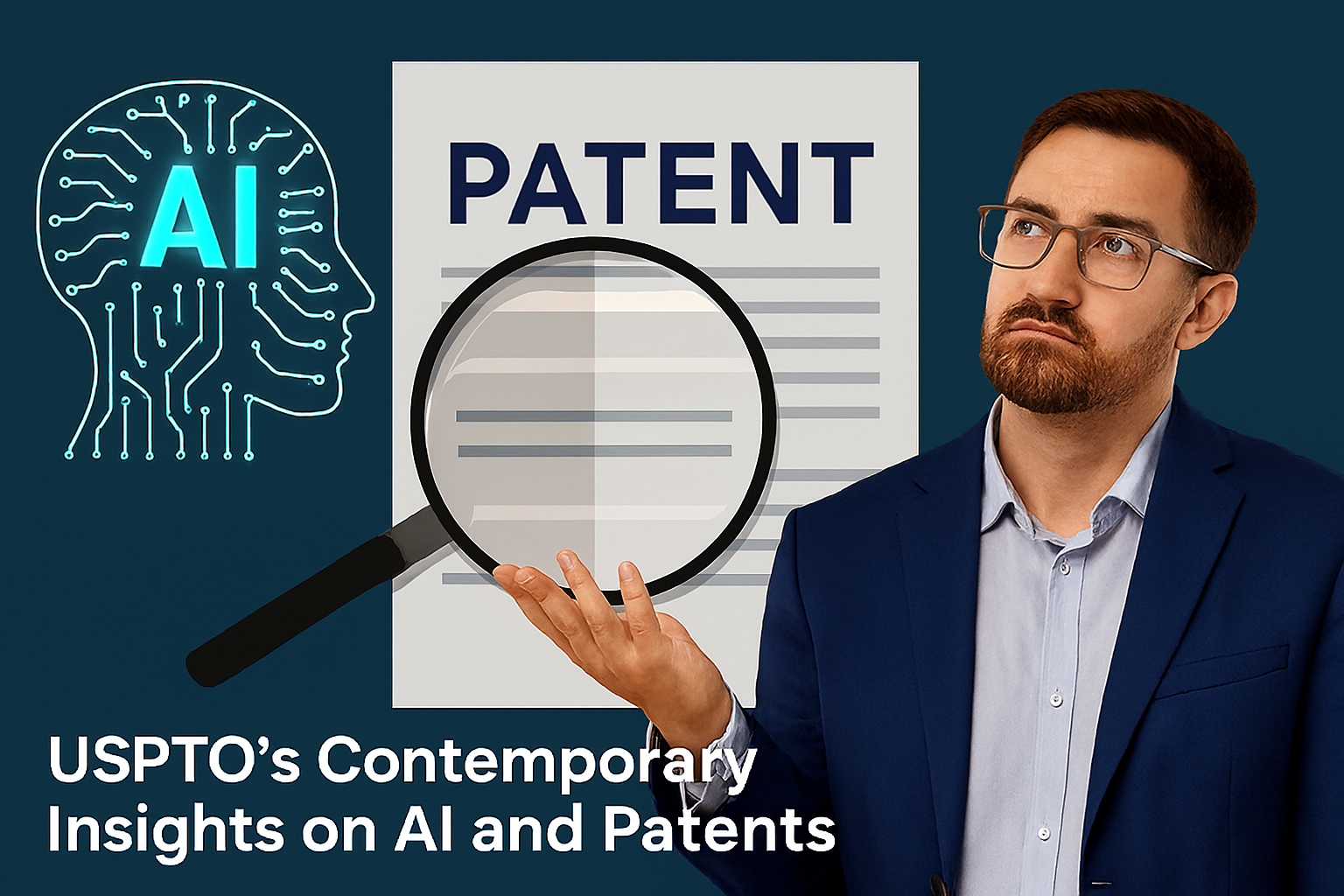 As artificial intelligence (AI) continues to transform innovation, the U.S. Patent and Trademark Office (USPTO) has clarified its stance on how AI-assisted inventions are treated under U.S. patent law. Here’s a break down of the latest guidance and what it means for inventors, startups, and IP professionals.
As artificial intelligence (AI) continues to transform innovation, the U.S. Patent and Trademark Office (USPTO) has clarified its stance on how AI-assisted inventions are treated under U.S. patent law. Here’s a break down of the latest guidance and what it means for inventors, startups, and IP professionals.
📌 Human Inventorship Is Non-Negotiable
The USPTO reaffirms that only natural persons can be named as inventors. This aligns with the 2022 Thaler v. Vidal decision, which ruled that AI systems, no matter how advanced, cannot be credited as inventors.
✅ AI-Assisted Inventions Are Still Patentable
Inventions developed with the help of AI tools are not automatically excluded from patent protection. The key requirement is that a human must have made a significant contribution to the inventive concept.
📘 2024 Inventorship Guidance: What You Need to Know
Effective February 13, 2024, the USPTO issued formal guidance to help applicants and examiners evaluate human contributions in AI-assisted inventions. Key takeaways:
- Clearly map each claim element to human ingenuity.
- Maintain detailed records of how AI tools were used during conception and development.
- Improper inventorship can jeopardize patent validity.
🧭 Subject-Matter Eligibility and Examination Updates
The USPTO has issued internal memos and practitioner alerts signaling a patentee-friendly shift in how AI/software claims are examined. These updates aim to:
- Clarify eligibility standards.
- Refocus examination practices in tech centers handling AI-related applications.
🚀 2025 AI Strategy: A Vision for Inclusive Innovation
In January 2025, the USPTO launched a comprehensive AI strategy focused on:
- Promoting inclusive and responsible AI innovation.
- Enhancing internal AI capabilities and infrastructure.
- Collaborating across government and international bodies.
- Improving examination efficiency through tools like the AI Search Automated Pilot (ASAP!).
🧾 Practical Tips for Applicants
To align with the USPTO’s evolving framework:
- Document Human Contributions: Be explicit about the human role in the inventive process.
- Strategize Prosecution: Anticipate examiner scrutiny on inventorship and AI disclosures.
- Track Eligibility Trends: Stay updated on evolving standards and appeal decisions.
- Leverage AI Tools Wisely: Expect AI-enhanced prior-art searches and distinctiveness analysis during examination.
📚 Broader Policy Context
Since 2019, the USPTO has actively gathered stakeholder input and published reports on AI’s impact across patents, trademarks, copyrights, and trade secrets. The agency remains committed to evolving its policies in step with technological advancements.